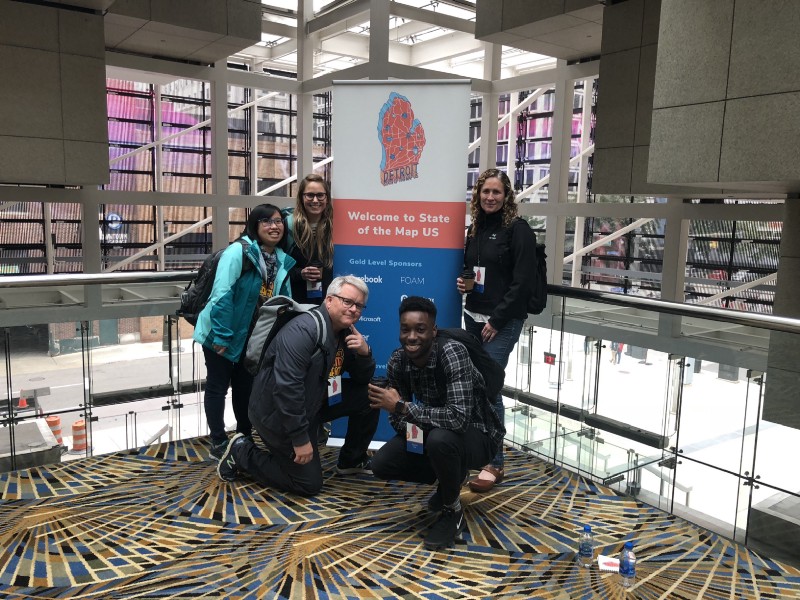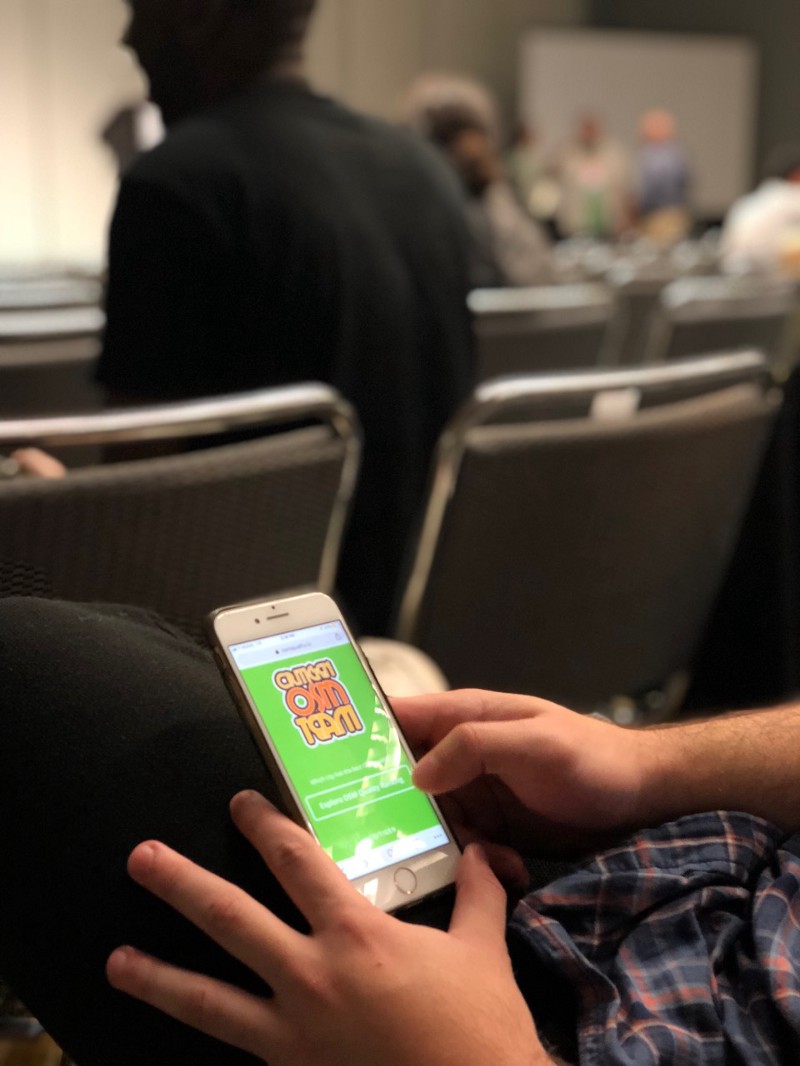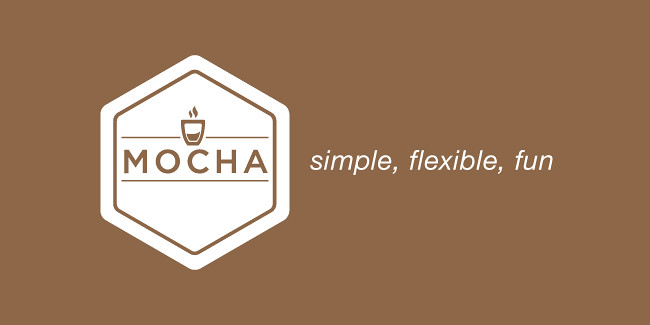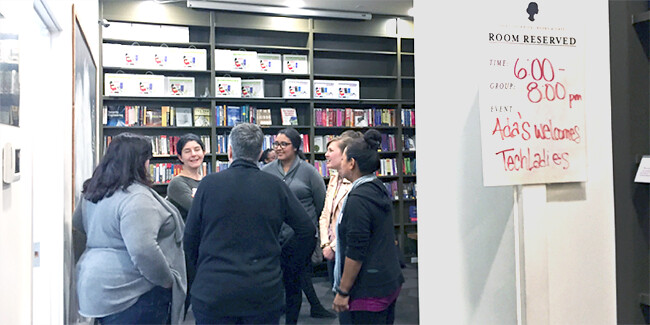The world’s automotive capital, Detroit, served as host to this year’s edition of SOTM.us. This was an appropriate venue given the ever expanding adoption of OSM by industry and keen interest in autonomous vehicle navigation. A continuing trend is increasing participation by the business ecology that has grown up around OSM (ourselves included). While some are uncomfortable with OSM going “corporate”, it is exciting to experience the increasing pace at which innovation is blossoming around OSM.
Motor City Musing

Critigen was fortunate enough to bring five of our team members to Detroit, all of whom have diverse experience with OSM. Below, our newest hire and OSM enthusiast, Alex Sweeney, shares her thoughts on an action packed weekend:
“As a newbie to the OSM community, I had a solid time learning about the larger community and was impressed by the sheer number of open source tools and applications of OSM. One of the major themes of the conference was AI and its applications in map editing and quality assurance practices. Many projects emphasized combining human validators/editors with AI systems as the best approach to assessing data quality. While this may seem obvious, it was compelling to hear similar conclusions from various organizations. Efforts to detect change within OSM popped out as another theme. Multiple companies discussed ideas for visually illustrating and assessing the temporal component of OSM data. As my job primarily focuses on assessing the quality of OSM data for road network purposes, the ability to hear about its other applications was invigorating.”
“There are a number of ways in which this rich dataset can inform and be practically applied across multiple industries and fields, some of which include climate science, humanitarian aid, and urban planning. Looking forward, how can we integrate these tools and approaches to improve the map as a community?”
Alex Sweeney
Map Quality Measurement
Alex was also involved with curating data for our colleague and Senior Analyst Monica Brandeis’ presentation on OSM quality analysis. Combining Atlas Checks with a custom dynamic grid generation tool, Monica spoke about the methodology behind our first annual OSM City Rankings, which compares road network quality based on a number of indicators.
Explore our inaugural city ranking at the OSM Quality microsite: https://osmquality.io. If you weren’t there, we’ve got you covered - Monica’s full presentation is available on YouTube.

Man vs Machines
Monica, a long time OSM mapper, is intrigued by the recent surge in Machine Learnings role in the community. Below, she shares her thoughts on SOTM US: Two Machine Learning use cases have emerged as the most beneficial and challenging integration points with OSM. - Classification - Although unique in their approach, multiple companies are working hard to solve the same problem: How can we use classification algorithms to extract missing buildings and roads from satellite imagery? Although classification efforts have reached >~90% accuracy, this learned data still requires human validation.
- Intensive feature extraction - Autonomous vehicles require a substantial amount of data to power turn by turn navigation. Detailed curb information like surface slope and lane width differences are incompatible with OSM mapping practices. With that, is it possible to adjust the data model to support this, or should we rely on alternative open platforms to store autonomous vehicle specific information?
Monica Brandeis
Locking it down
Recent OSM vandalism events have re-energized conversations about OSM potentially adopting Wikipedias protection policy. This policy allows “administrators” to lock down particular pages, blocking modifications to pages by non administrative community members. Although this goes against the “Open” in OpenStreetMap, when will New York City ever change its name?
The community is more than capable of curating a list of undisputed features to lock down, as well as creating the infrastructure to support it. We’re hoping that OSM US’s first executive director, Jaye Matthews, can foster a inclusive dialog within the US.
2019
We’re very eager to hear where the 2019 conference might land. We’d love to bring an even bigger crew to share more of what we’ve been doing with OSM and learn what others are dreaming up. Also, we’ll be there to share our 2019 OSM City Rankings!




